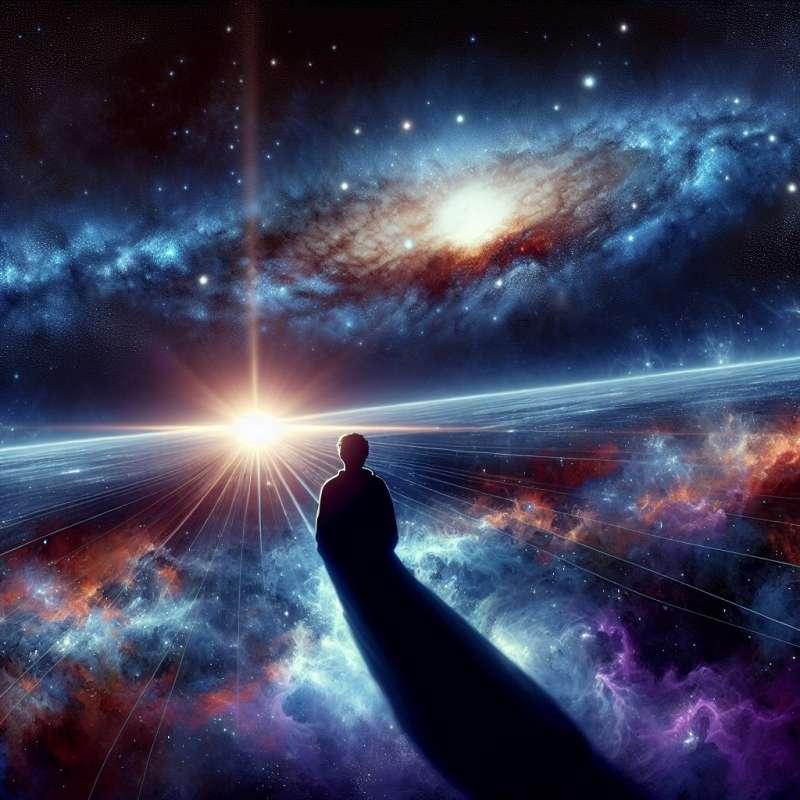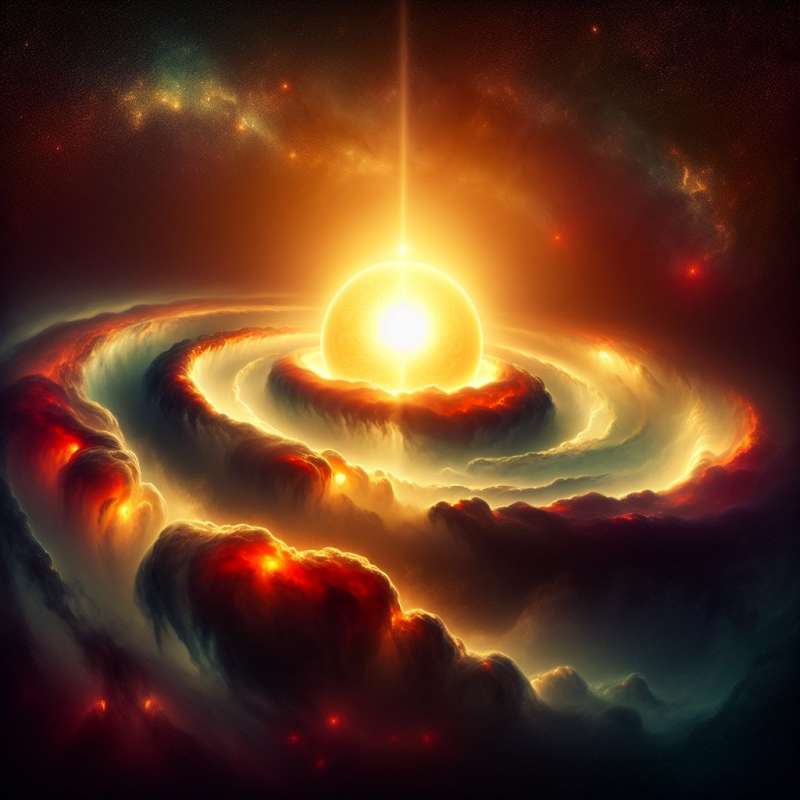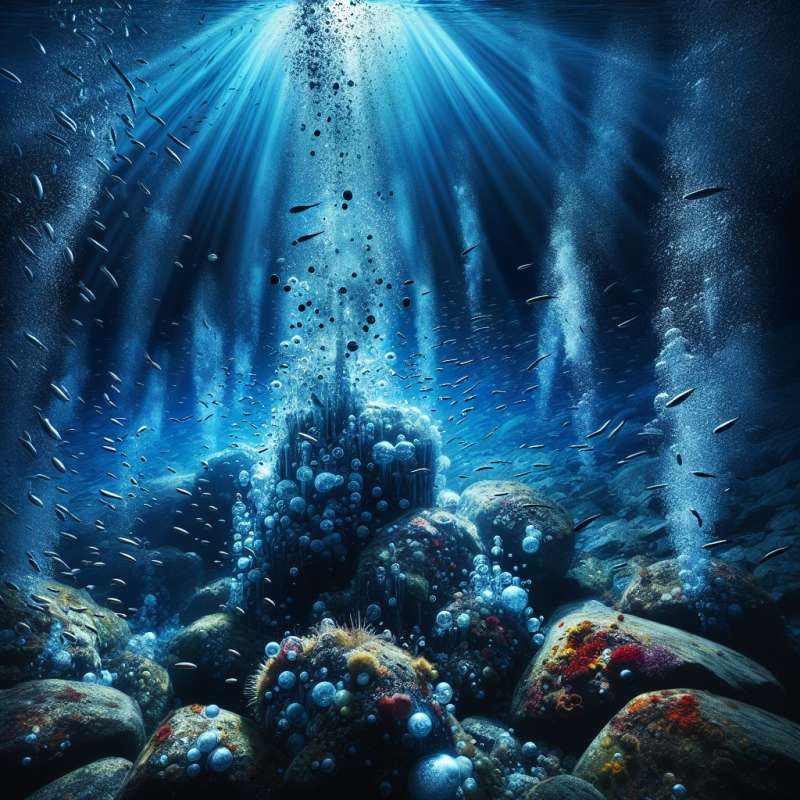
The Big Bang
Around 13.8 billion years ago, all matter was condensed into a single point. A massive explosion, known as the Big Bang, occurred, spreading matter into the universe, marking the beginning of space and time.
Cosmic Particle Soup
After the Big Bang, the universe was a hot, dense state with subatomic particles. For the next 380,000 years, it cooled sufficiently for atoms to form, creating a transparent universe.
Star Formation Begins
Gravity pulled together gas and dust, forming the first stars and galaxies. Elements like carbon and oxygen were forged within stars, crucial for Earth's later development, through nuclear fusion.
Solar System Emergence
About 4.6 billion years ago, a molecular cloud's collapse triggered our solar system's formation. The Sun ignited from the densest part of this cloud, with leftover material forming planets.
Earth Accretes Matter
Gradually, dust and rock in the solar nebula clumped together, forming Earth through a process called accretion. Intense heat within Earth helped differentiate its layers: core, mantle, and crust.
Water Arrives
Surprisingly, Earth's water may have come from icy comets or water-rich asteroids colliding with the young planet. These sustained collisions also created the atmosphere, seeding conditions for life.
Life Emerges
The oldest known life forms appeared about 3.5 billion years ago. Hydrothermal vents might have provided the right conditions for life's ingredients to combine, creating the first single-celled organisms.Galactic Cannibalism
Our Milky Way is consuming nearby dwarf galaxies, merging them into its structure. This cosmic feast has been ongoing for billions of years.
When did the Big Bang happen?
13.8 billion years ago
4.6 billion years ago
3.5 billion years ago
Company